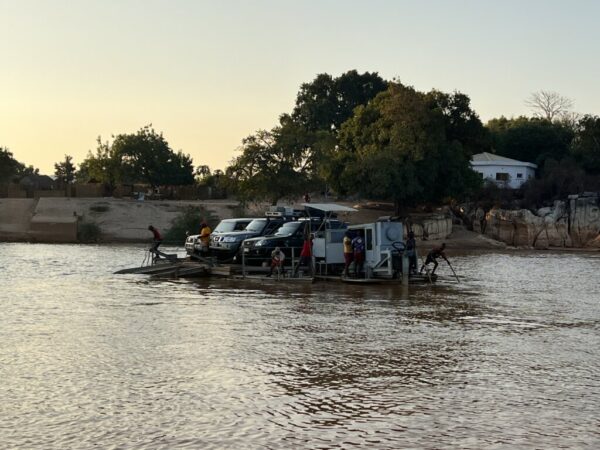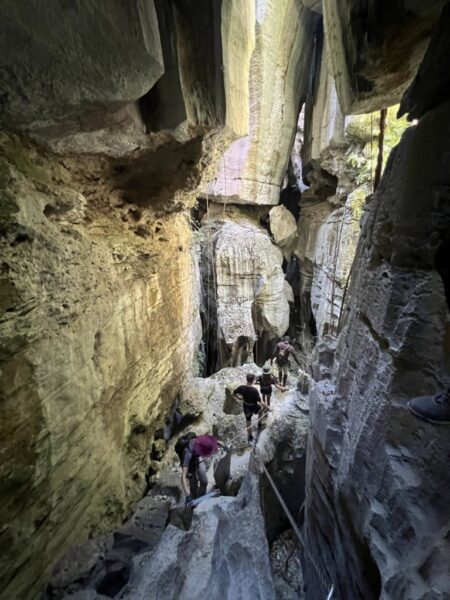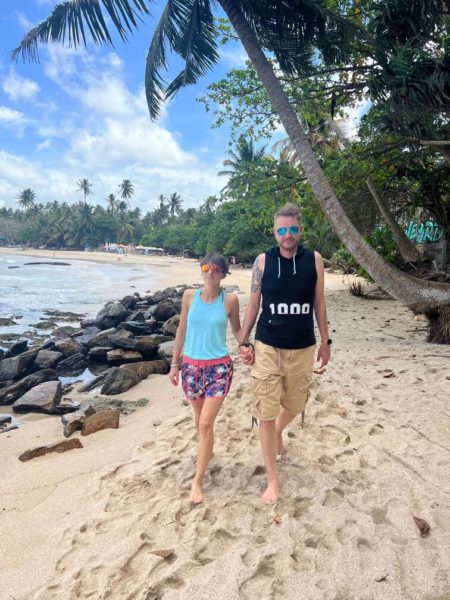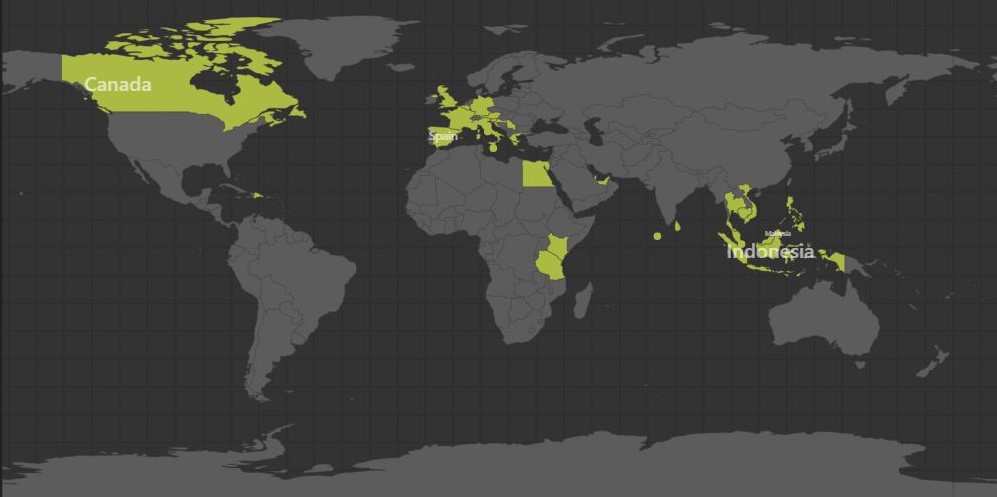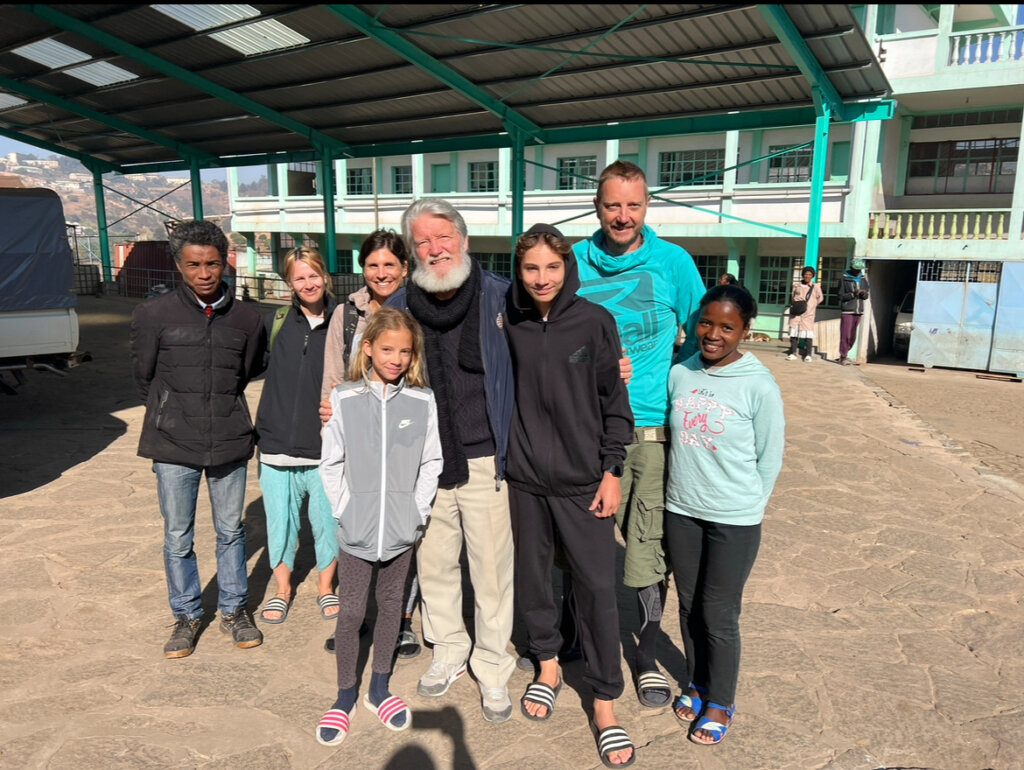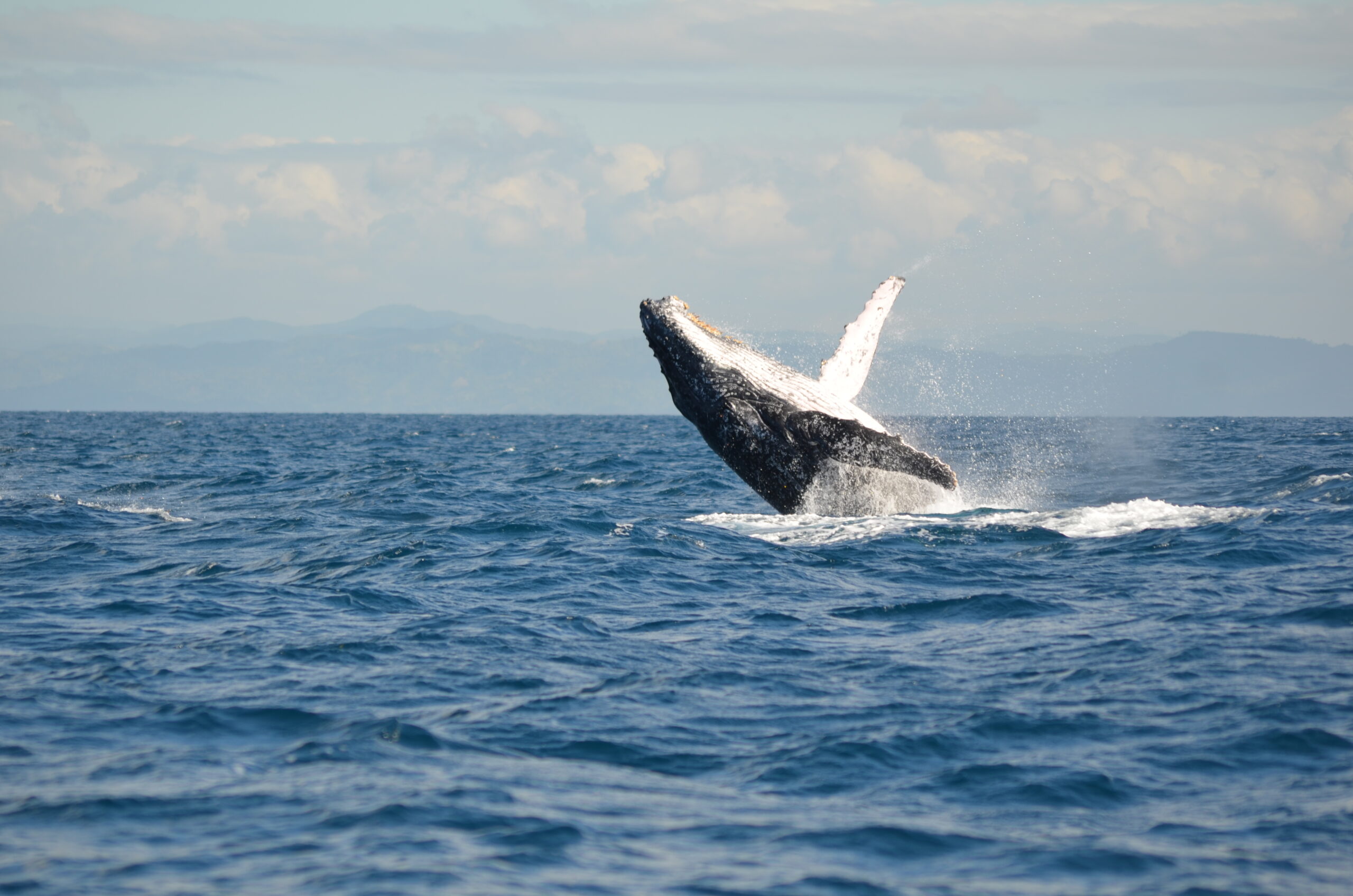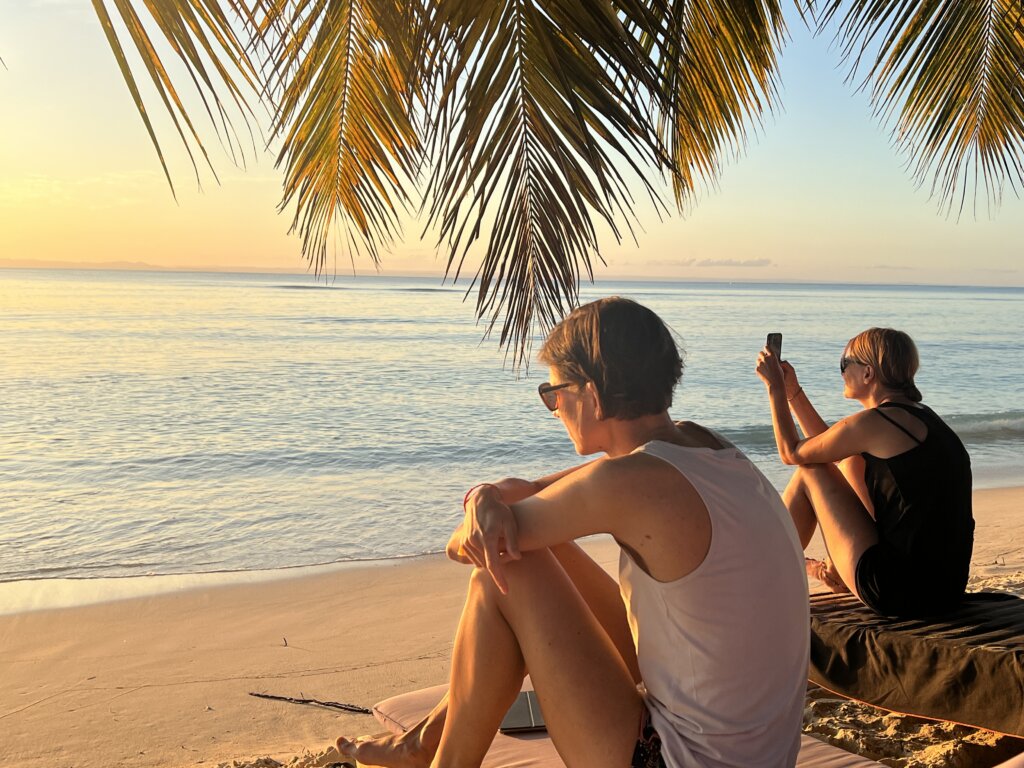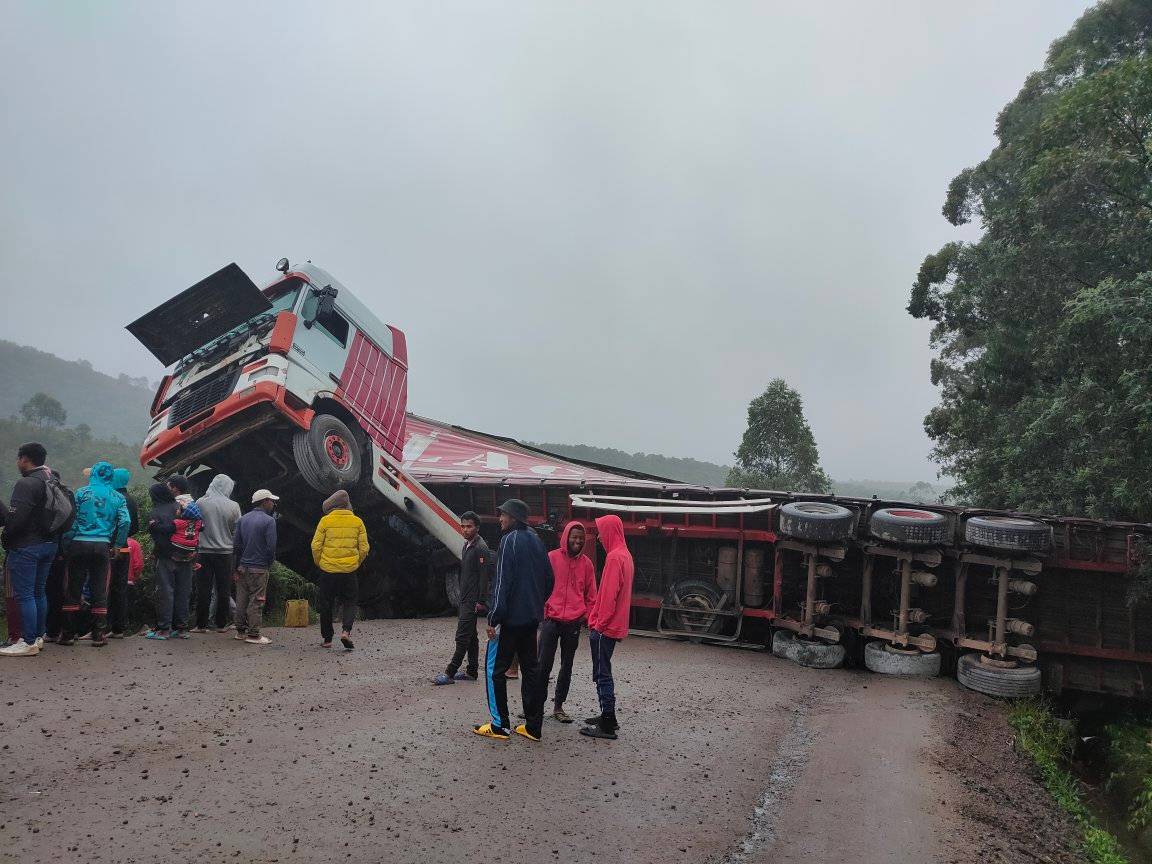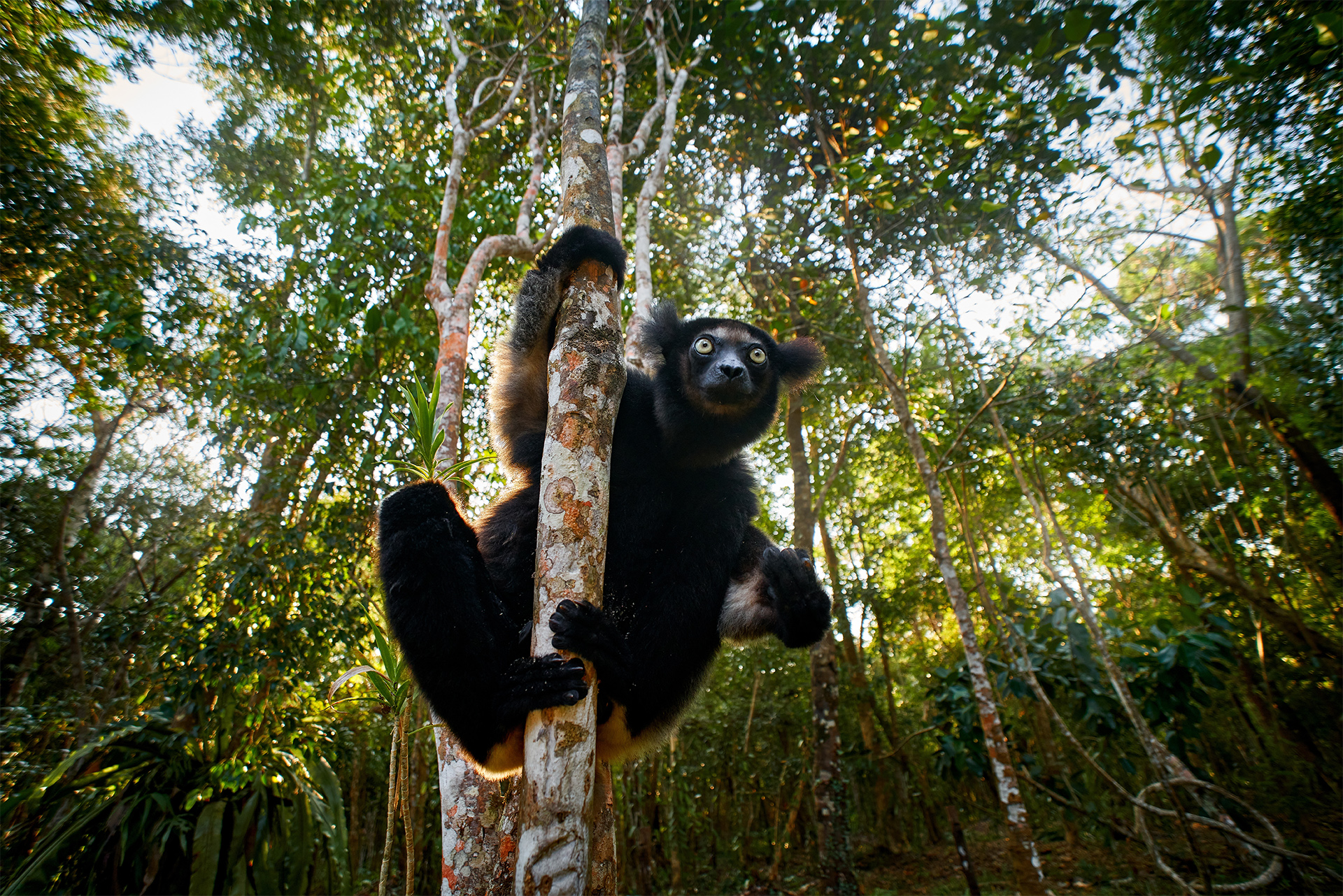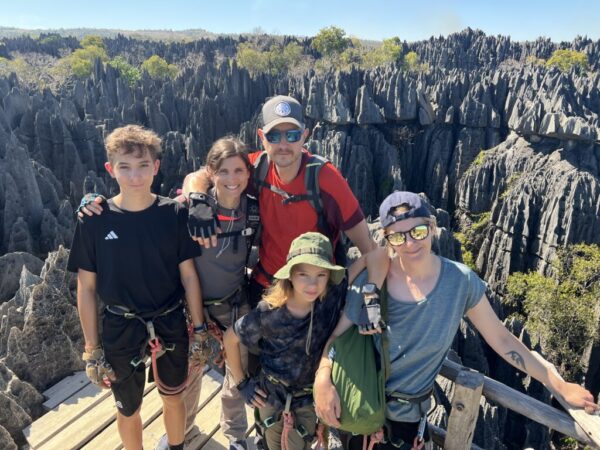Table of Contents
ToggleThe Adventure Begins: Journey from Kirindy
Our expedition to Tsingy de Bemaraha, one of most visited and at the same time most difficult to reach National Parks in the Madagascar, started in the heart of Kirindy Forrest. As we packed our bags and loaded the 4×4, the excitement was it the air. The route ahead promised not just breathtaking landscapes but also challenges that would test our adventurous spirit, especially with kids on the back seat.
The road from Kirindy to Tsingy de Bemaraha is not for the faint-hearted. It’s a rugged path filled with bumps, dips, and dusty trails, but that’s all part of the adventure. If you’re traveling with children, make sure to bring plenty of snacks, water, and some travel games to keep them entertained during the long stretches. Frequent stops to admire the scenery or spot a lemur or two also help break up the journey.
Crossing the Rivers: A Thrilling Transition
As we continued our journey toward Tsingy de Bemaraha, we arrived at the small, bustling town of Belo Tsiribihina. This river town marks a significant milestone in the adventure—a crossing of the Tsiribihina River. The crossing at Belo Tsiribihina is an experience in itself, offering a mix of local culture and the thrill of transitioning from the dusty roads to the rugged wilderness that lies ahead.
The river crossing is done via a simple but sturdy ferry, which is an essential part of the local transportation network. Watching the ferry slowly inch its way across the wide, muddy river, with our 4×4 loaded onboard, felt like stepping back in time. The kids were particularly captivated by the scene—locals loading their goods, the occasional zebu cart, and the sight of pirogues gliding along the water.
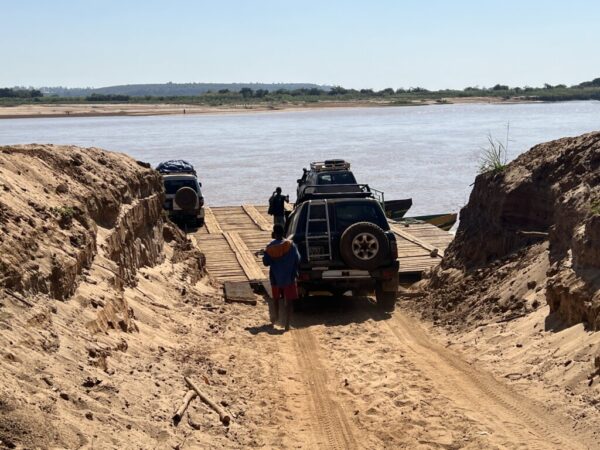
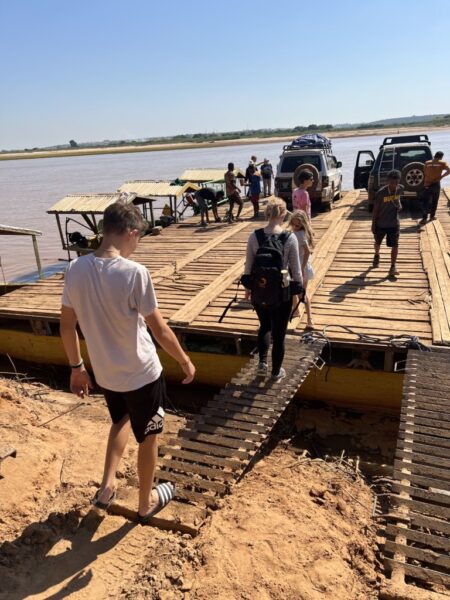
As the ferry made its way across, we took in the scenic surroundings. The riverbanks were dotted with small children waved enthusiastically as we passed by. It’s a moment that embodies the essence of travel in Madagascar—simple, slow-paced, yet filled with rich, authentic experiences.
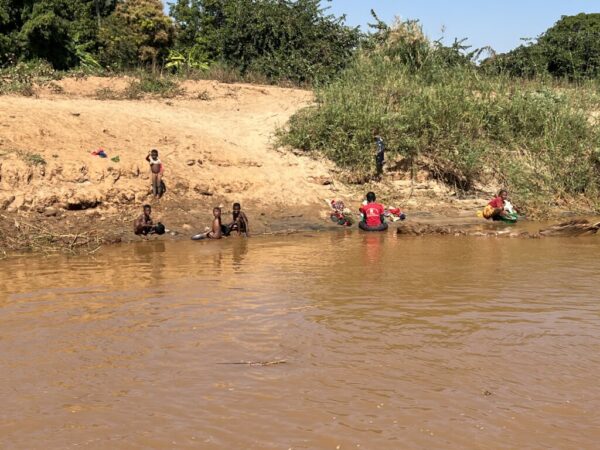
✓ Tip:
- Be patient during the crossing; it can take up to an hour, depending on the queue. Use this time to chat with fellow travelers or simply soak in the unique atmosphere of this important stop on your journey to the Tsingy.
- Crossing fee 50. 000 MGA/11€
We made a quick stop at Mad Zebu restaurant in Belo Tsiribihina for lunch. Unanimosly, we agreed that this was the best zebu stake on our entire trip. They have fixed menus with not more than 5 main course dishes but everything we’ve ordered taste ohhh-so yummy.
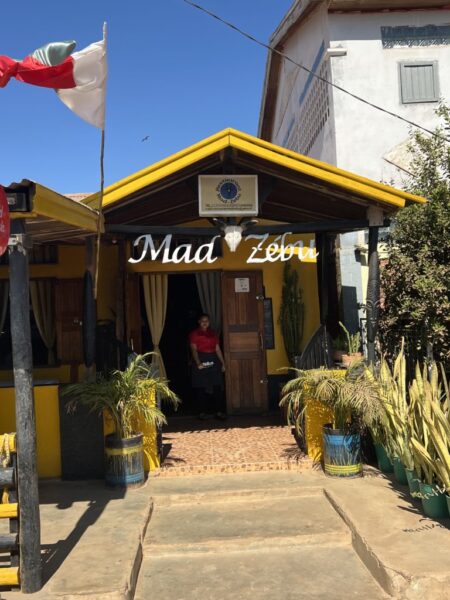
After lunch back to the car for the next 4 hours. As we neared the Manambolo River, the gateway to Tsingy, the terrain became more challenging. To reach the National Park, you must cross this mighty river—another highlight of the journey. The river crossing is a unique experience, offering a glimpse into the lives of the local communities who rely on these waters daily.
- Crossing fee 40. 000 MGA/10€
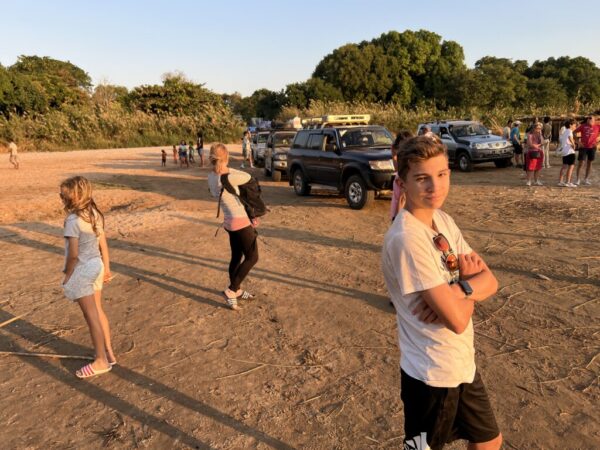
For those traveling with kids, the river crossing can be both exciting and nerve-wracking. The ferries are basic, just large wooden platforms powered by small engines or even manually operated. As we crossed, the kids were captivated by the novelty of it all—watching locals transport goods, and spotting birds along the riverbank. Be sure to have your camera ready, as the views from the river are spectacular.
Arriving at Tsingy de Bemaraha: Entering the Limestone Labyrinth
After crossing the river, the final leg of the journey, we have reached our destination for next 3 days – L’Orchidee du Bemaraha. Another hour drive brings you to the entrance of Tsingy de Bemaraha National Park. The landscape here is otherworldly—sharp, jagged limestone formations, known as tsingy, rise dramatically from the ground, creating a labyrinth that beckons to be explored. The word “Tsingy” is derived from a local word meaning “the place where one cannot walk barefoot”.
The Tsingy formations are a sight to behold, but exploring them requires a sense of adventure and a bit of stamina. The park is divided into two main sections: the Petite Tsingy and the Grande Tsingy. Since Nia and Svit are hiking trained we’ve opted for the Big Tsingy – about two hours trail including, going through woods, while admiring lemures on the tree tops, caving and finally climbing.
✓ Tip:
- Make sure everyone is wearing sturdy shoes with good grip, as the limestone can be sharp and slippery in places. Hiring a local guide is highly recommended; they not only enhance the experience with their knowledge but also ensure safety as you navigate the more challenging parts of the trail.
Climbing the Tsingy: A Thrill for All Ages
This part of the park features suspended bridges, ladders, and narrow passageways that lead you through the towering limestone peaks. The climb can be demanding, but the views from the top are worth every drop of sweat.
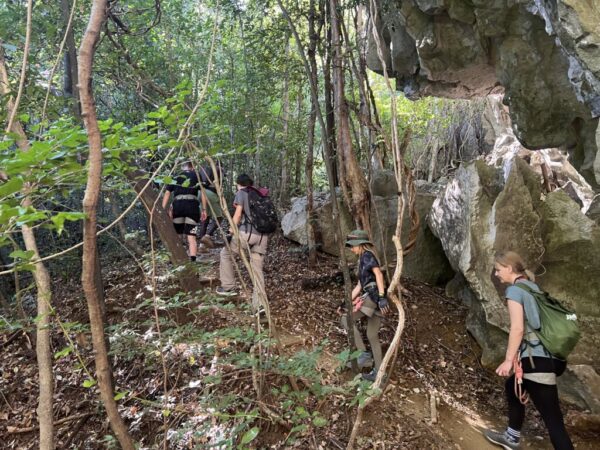
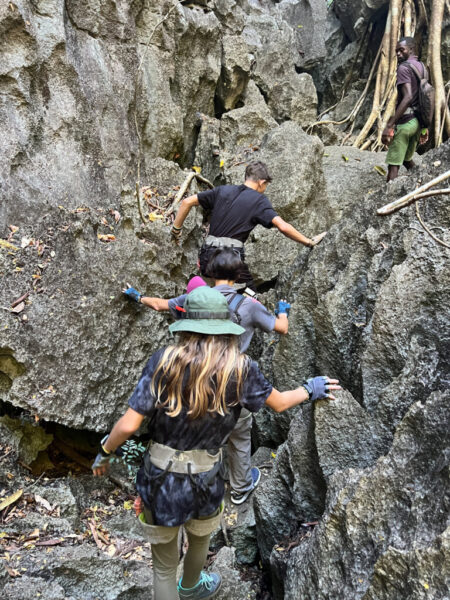
Our kids, aged 10 and 15, were thrilled by the challenge of the climb. They loved the idea of being “rock climbers” for the day, and the experience gave them a huge sense of accomplishment. However, if you have younger children or those not comfortable with heights, it might be best to stick to the Petite Tsingy.
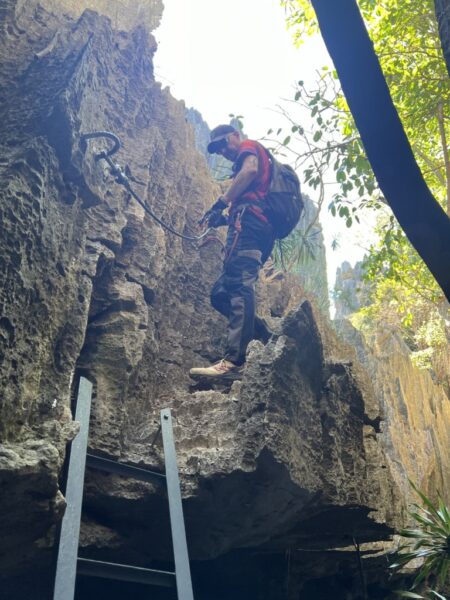
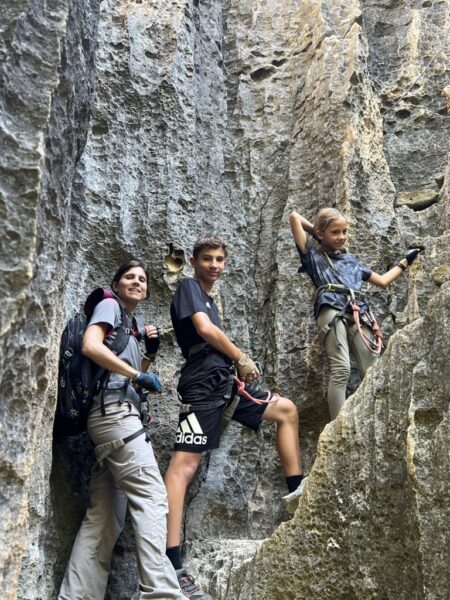
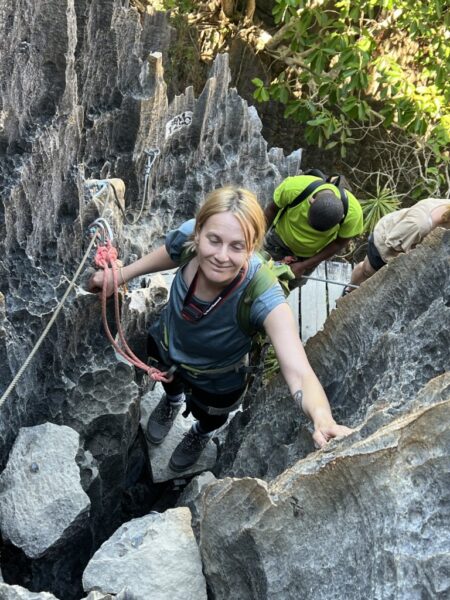
✓ Tip:
- Bring plenty of water, as the climb can be hot and tiring. A small first aid kit is also handy, just in case of any scrapes from the sharp rocks.
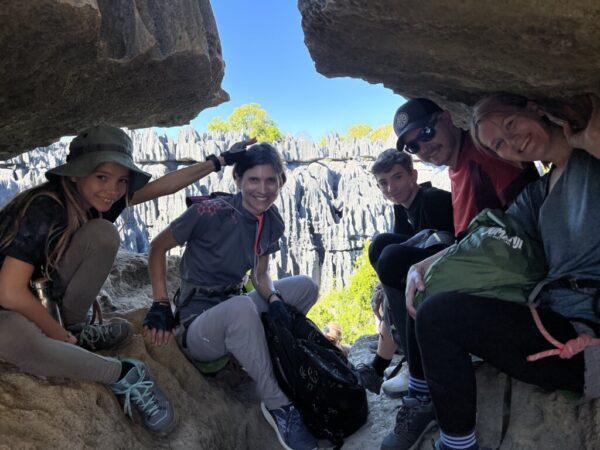
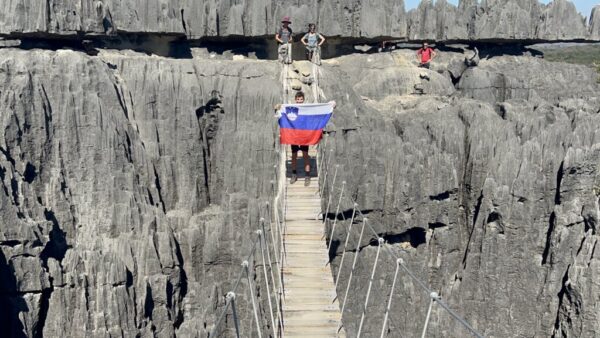
Descending into the Caves: Discovering the Hidden Depths
Before conquering the heights of the Tsingy, we ventured into the caves beneath—a stark contrast to the bright, sunlit peaks above. These caves are cool and dark, providing a welcome respite from the heat. Inside, we marveled at the ancient stalactites and stalagmites, some of which have taken thousands of years to form.
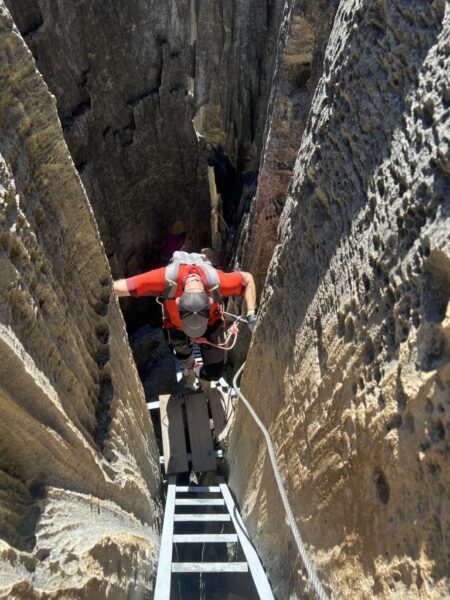
The kids were fascinated by the eerie atmosphere of the caves, imagining they were explorers uncovering hidden treasures. The caves also offer a glimpse into the geological history of the region, making this a great educational experience for curious young minds.
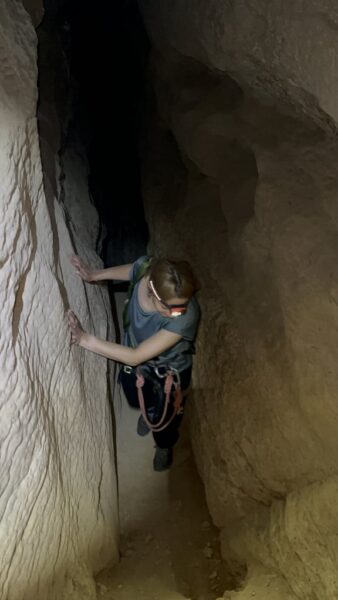
✓ Tip:
- A flashlight or headlamp is essential for exploring the caves, as some areas are completely dark. Be sure to watch your step, as the cave floors can be uneven and slippery.
Final Thoughts: The Reward of the Journey
Reaching Tsingy de Bemaraha is no easy feat, but the journey is as rewarding as the destination. From the river crossings to the dizzying heights of the Tsingy and the cool depths of the caves, this adventure offers something for every member of the family. It’s a journey that will leave you with memories to last a lifetime and stories that your kids will recount for years to come.
Whether you’re a seasoned traveler or new to exploring with kids, Madagascar’s Tsingy de Bemaraha is an unforgettable destination that perfectly blends adventure, natural beauty, and cultural immersion.
✓ Final Tip:
- Plan your visit during the dry season (April to November) to avoid the muddy and often impassable roads. And remember, the journey is just as important as the destination—embrace every moment of this incredible adventure!
- Entrance fee: 55.000 MGA/person – 12€, Guide: 140.000 MGA/group – 31€, Communal fee: 15.000 MGA/person – 3,2€, Vehicle Entry: 5.000 MGA/car – 1,1€


